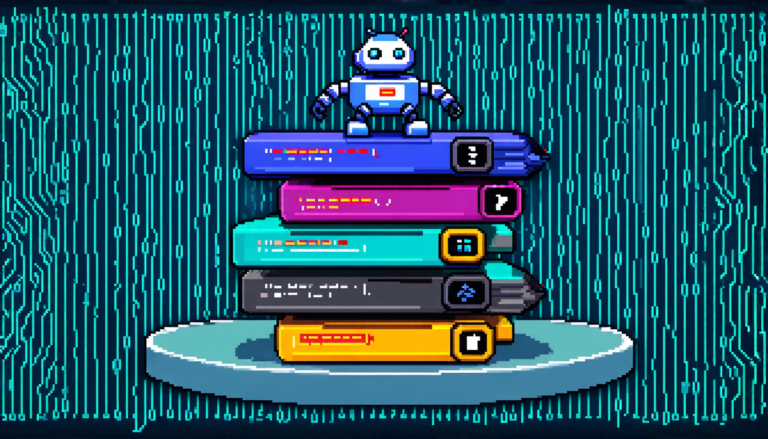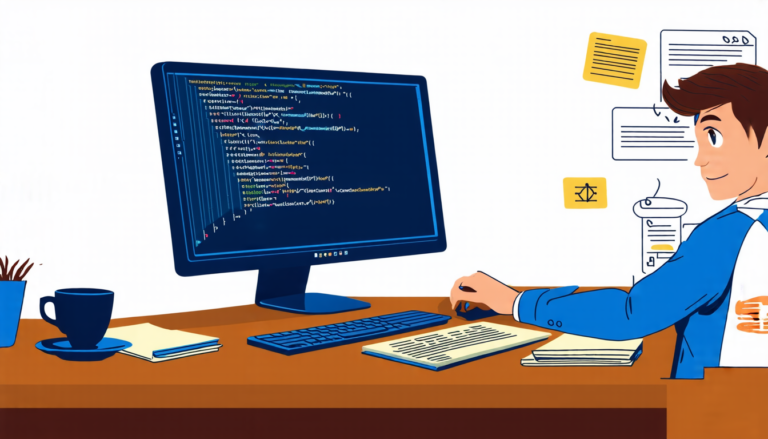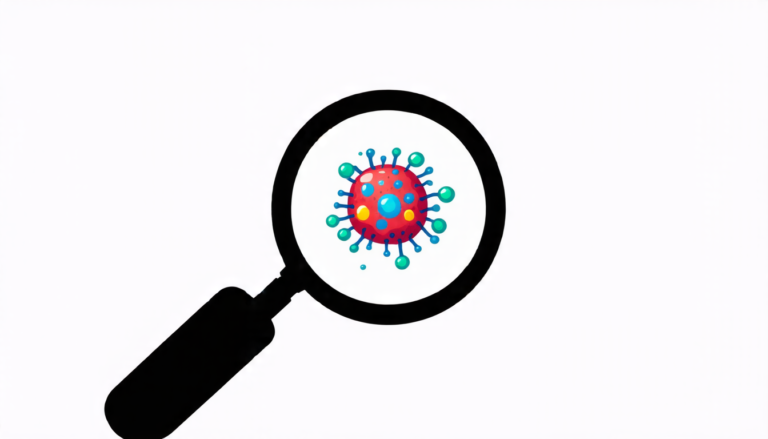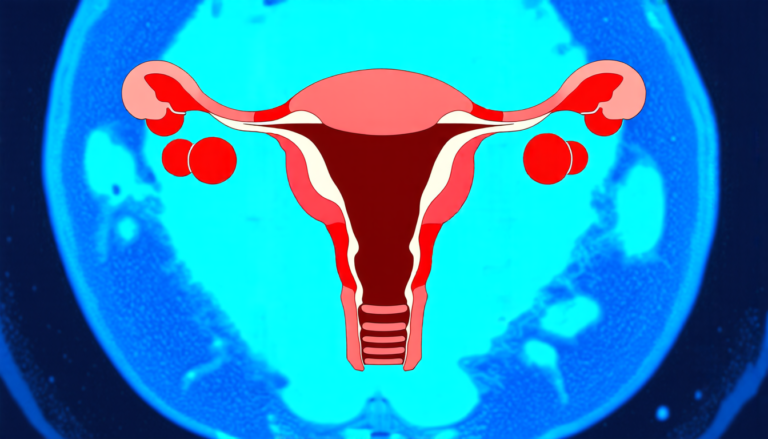Sunday 06 July 2025
A team of researchers has made significant strides in developing a speech-to-text system that can translate languages more accurately and efficiently, even when faced with limited training data. The system, known as SeamlessM4T, uses a combination of advanced algorithms and data augmentation techniques to improve the quality of translations.
One of the key challenges facing speech-to-text systems is the lack of high-quality training data for certain languages. This can make it difficult for the system to learn how to translate accurately, especially when faced with unfamiliar words or phrases. The researchers addressed this challenge by developing a technique called SpecAugment, which involves adding artificial noise and distortion to the audio recordings used to train the system.
This may sound counterintuitive, but the goal of SpecAugment is actually to make the training data more diverse and representative of real-world speech patterns. By introducing random variations in pitch, volume, and other acoustic features, the system can learn to recognize and translate a wider range of spoken languages.
Another important innovation is the use of a technique called joint fine-tuning, which allows the system to adapt to new languages by combining data from multiple sources. This involves training the system on a small amount of high-quality data for the target language, and then fine-tuning it using a larger dataset of lower-quality data. This approach can help to improve the accuracy of translations, even when faced with limited training data.
The SeamlessM4T system was tested on several languages, including Bhojpuri, Hindi, and Marathi. The results showed that the system was able to achieve high levels of translation accuracy, even in languages where there was limited training data available. This suggests that the system could be used to improve speech-to-text capabilities for a wide range of languages, making it more accessible and useful for people around the world.
The researchers believe that their work has significant implications for the development of artificial intelligence and machine learning systems. By improving the ability of machines to understand and translate spoken language, they can help to break down barriers between cultures and enable greater communication and collaboration.
Cite this article: “Advances in Speech-to-Text Technology Boost Language Translation Accuracy”, The Science Archive, 2025.
Speech-To-Text, Seamlessm4T, Specaugment, Joint Fine-Tuning, Artificial Intelligence, Machine Learning, Translation Accuracy, Language Diversity, Data Augmentation, Natural Language Processing.







